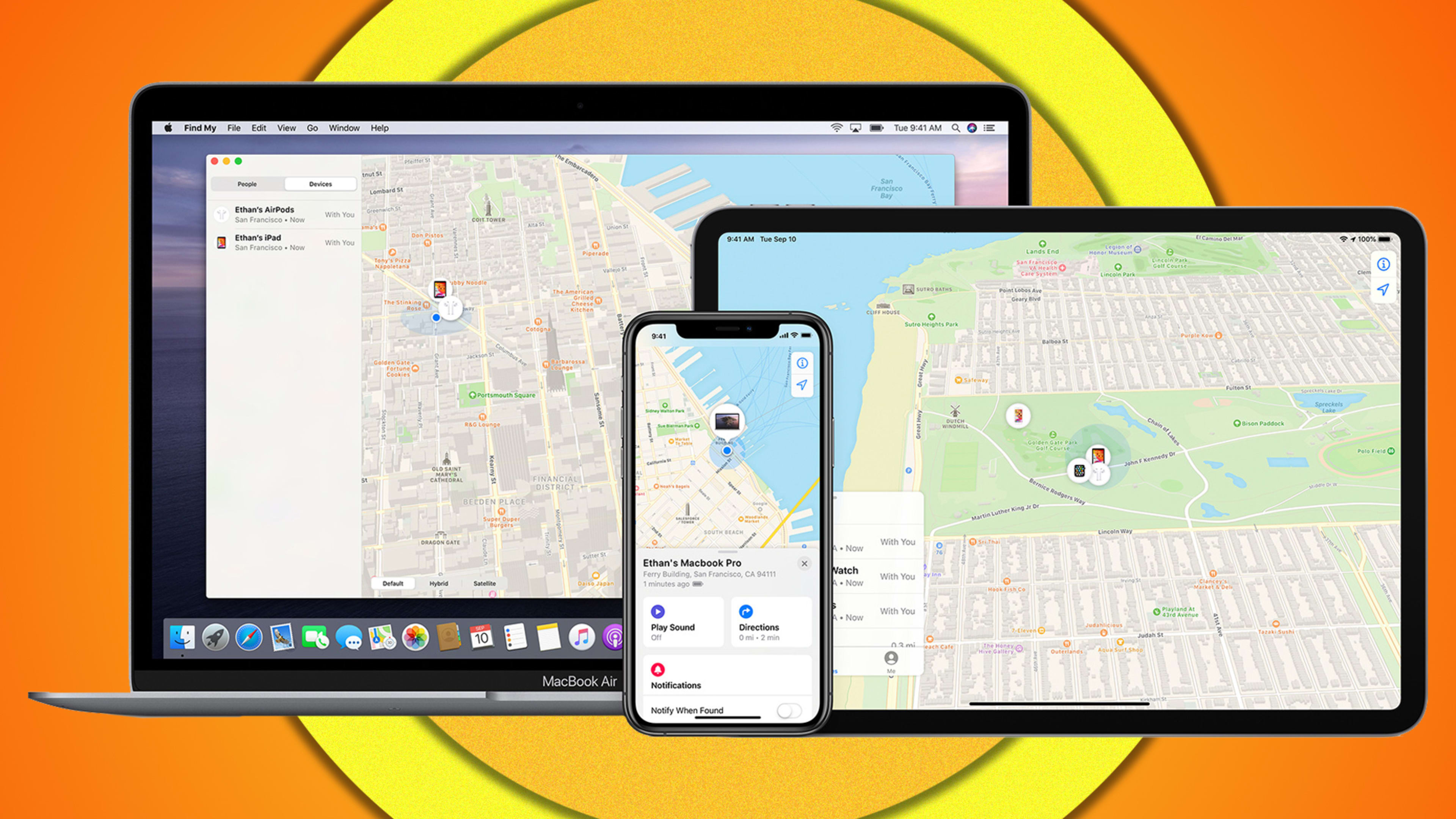In April of 2019, scuttlebutt emerged that Apple was working on a Bluetooth Low Energy gizmo you’d be able to attach to items you owned to help you find them if they went missing. Apparently to be known as an AirTag, this device sounded a lot like existing trackers such as Tile, Chipolo, or TrackR—and remains vaporware. Signs of its existence, however, have continued dribbling out. And last year, the company did merge its Find My iPhone and Find My Friends apps into Find My, a new unified tracking service that sure felt like it could be prep work for a future in which you’d use your Apple hardware to track down other things you’ve lost.
At Monday’s WWDC keynote, Apple . . . didn’t talk about any of this. But that was only because the keynote was already bulging at the seams with material. So the company more quietly announced something called the Find My network accessory protocol—the first concrete development related to its broader item-tracking aspirations.
For now, at least, the news doesn’t involve AirTags or other new Apple gadgets. Instead, the company is releasing a draft spec that will allow third-party companies to implement a finding technology that talks to the Find My network. That’s Apple’s name for the peer-to-peer network of millions of iPhones, iPads, and Macs that lets it relay the location of your lost device even if you left it across town out of Wi-Fi range. By incorporating the technology spelled out in the spec, a manufacturer could make a Tile-like tracker that leverages the Find My network and uses the Find My app. Or it could build the tech into an item, such as a camera, set of headphones, piece of luggage, or anything else at risk of being waylaid.
Such products would be able to offer functionality similar to that Apple includes with its own devices, such as letting you display a message on a missing item that might allow a helpful stranger to return it. You might also receive alerts if the Find My network detects that you’re carrying an item that belongs to someone else—which would be a courtesy as long as you’re doing so unwittingly, not because you’re a thief.
Owners of iPhones, iPads, and Macs would be able to wrangle all these products within a future version of the Find My app and service for iPhones, iPads, and Macs.
Input welcome
Rather than publishing a finished version of this spec, Apple is sharing a draft and inviting interested parties to help finalize it. It hopes to complete this work by the end of 2020, which suggests that any third-party accessories might show up next year. Joining the Find My network accessory program is free, but Apple will have a certification process for shipping devices, similar to the one it operates for cables and other accessories.
Is all this bad news for Tile and other small companies that already offer gadgets with similar functionality? Maybe—it’s generally not a happy development to find a giant entering your territory, even if you’ve had reason to expect it for a while. But even without Apple’s entry, these companies have tended to go through a fair number of downsizings and pivots, suggesting that it’s hard to turn lost-item tracking into a thriving standalone business. Back in 2016, Tile announced an accessory program that is much like Apple’s new plan; though it hasn’t resulted in an array of partners, it’s still alive and has added HP laptops and Skullcandy headphones in recent months.
A third-party tracker company could even hitch its wagon to Apple’s Find My network, using Apple’s plumbing instead of maintaining its own network of devices. With vast quantities of Apple hardware out there, Find My certainly has an edge in terms of the reach necessary to ensure that a lost item can transmit its whereabouts back to its owner. You can opt out of this network, but even if you’re paranoid about privacy, that might be an extreme measure: It’s anonymous and encrypted, and disabling it means that you can’t use Find My to retrieve your own lost stuff.
Ultimately, Apple convincing third-party companies to support its item-tracking platform sounds smarter than going it alone with its own AirTags hardware, even if it does add AirTags to the mix by the time other accessories are available. The richer the ecosystem, the more likely that it will catch on—and reach the sort of scale that item-tracking startups have had trouble conjuring up on their own.
Recognize your brand’s excellence by applying to this year’s Brands That Matter Awards before the early-rate deadline, May 3.
